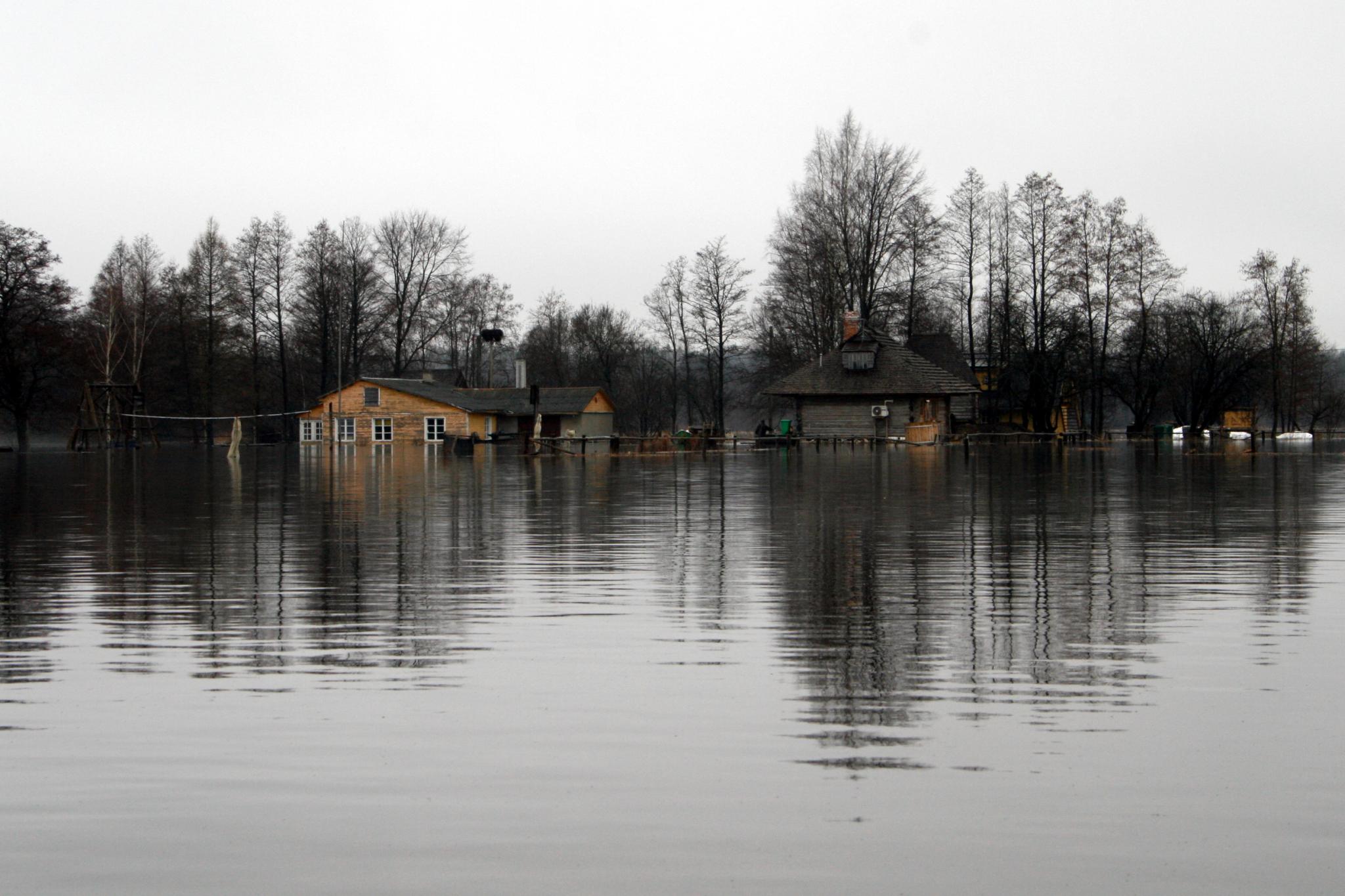|
Kuresoo Bog
Kuresoo Bog is a bog in Viljandi County, Estonia. The bog is located in Soomaa National Park Soomaa National Park ( et, Soomaa rahvuspark) is a national park in south-western Estonia. Soomaa ("land of bogs") protects 390 km², the park was created in 1993. Soomaa is Important Bird Area since 1989 and a Ramsar site of protected w .... This bog is one of the largest in Estonia. The area of the bog is 10,843 ha. Restoration Efforts The restoration of Kuresoo Bog has been an ongoing effort in Estonia, the main goal of the restoration is to use different damming technologies, such that Sphagnum growth is at a good level. References {{Reflist Viljandi County Bogs of Estonia ... [...More Info...] [...Related Items...] OR: [Wikipedia] [Google] [Baidu] |
Kuresoo Raba
Kuresoo Bog is a bog in Viljandi County, Estonia. The bog is located in Soomaa National Park Soomaa National Park ( et, Soomaa rahvuspark) is a national park in south-western Estonia. Soomaa ("land of bogs") protects 390 km², the park was created in 1993. Soomaa is Important Bird Area since 1989 and a Ramsar site of protected w .... This bog is one of the largest in Estonia. The area of the bog is 10,843 ha. Restoration Efforts The restoration of Kuresoo Bog has been an ongoing effort in Estonia, the main goal of the restoration is to use different damming technologies, such that Sphagnum growth is at a good level. References {{Reflist Viljandi County Bogs of Estonia ... [...More Info...] [...Related Items...] OR: [Wikipedia] [Google] [Baidu] |
Viljandi County
Viljandi County ( et, Viljandi maakond or ''Viljandimaa''; german: Kreis Fellin) is one of 15 counties of Estonia. It is located in southern Estonia bordering Pärnu, Järva, Jõgeva, Tartu and Valga counties. History Viljandimaa, under the German name of ''Kreis Fellin'', was an important centre of commerce and power in the Middle Ages. Today, there are numerous castle ruins there dating from that time. Soomaa National Park is a national park located partially within Viljandi County, Estonia. Soomaa ("land of bogs") protects 390 km2, and is a Ramsar site of protected wetlands. The park was created in 1993. Retrieved 25 January 2016. County government The |
Estonia
Estonia, formally the Republic of Estonia, is a country by the Baltic Sea in Northern Europe. It is bordered to the north by the Gulf of Finland across from Finland, to the west by the sea across from Sweden, to the south by Latvia, and to the east by Lake Peipus and Russia. The territory of Estonia consists of the mainland, the larger islands of Saaremaa and Hiiumaa, and over 2,200 other islands and islets on the eastern coast of the Baltic Sea, covering a total area of . The capital city Tallinn and Tartu are the two largest urban areas of the country. The Estonian language is the autochthonous and the official language of Estonia; it is the first language of the majority of its population, as well as the world's second most spoken Finnic language. The land of what is now modern Estonia has been inhabited by '' Homo sapiens'' since at least 9,000 BC. The medieval indigenous population of Estonia was one of the last " pagan" civilisations in Europe to adopt Ch ... [...More Info...] [...Related Items...] OR: [Wikipedia] [Google] [Baidu] |
Soomaa National Park
Soomaa National Park ( et, Soomaa rahvuspark) is a national park in south-western Estonia. Soomaa ("land of bogs") protects 390 km², the park was created in 1993. Soomaa is Important Bird Area since 1989 and a Ramsar site of protected wetlands since 1997 and a Natura 2000 area since 2004. Geography The national park, situated in Vahe-Eesti (aka Meso-Estonia), was created in 1993 to protect large raised bogs, flood plain grasslands, paludified forests, and meandering rivers. The territory of the national park is mostly covered with large mires, separated from each other by the rivers of the Pärnu River basin — the Navesti, Halliste, Raudna and Lemmjõgi rivers. Of the raised bogs, the most noteworthy is the Kuresoo Bog, whose steep southern slope, falling into Lemmejõgi, rises by 8 metres over a distance of 100 m. On the eastern margin of the national park, lie the highest dunes on the Estonian mainland, situated some 50 kilometres off the contemporary coastline. The ... [...More Info...] [...Related Items...] OR: [Wikipedia] [Google] [Baidu] |

